Hand & Wrist Physical Therapy
Hand and wrist physical therapy treatment helps in the alleviation of pain and speed-up of the recovery process. Get in touch with us today and start your journey to healing through hand and wrist pain physical therapy.
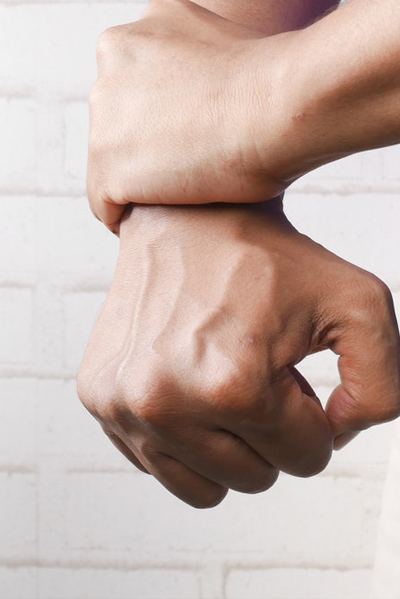
Hand and Wrist Injuries Types
- Carpal Tunnel
- DeQuervain’s Tenosynovitis
- Hand & Wrist Fractures
- Trigger finger
- Ulnar wrist pain
- Wrist pain
- Wrist sprains
Various conditions affect the well-being of your hand and wrist. Generally, most of these conditions are treatable and manageable using hand and wrist physical therapy. Our team carefully examines the condition’s extent and formulates a working plan to reduce pain and increase strength. Hand and wrist pain physical therapy can help improve all these conditions.
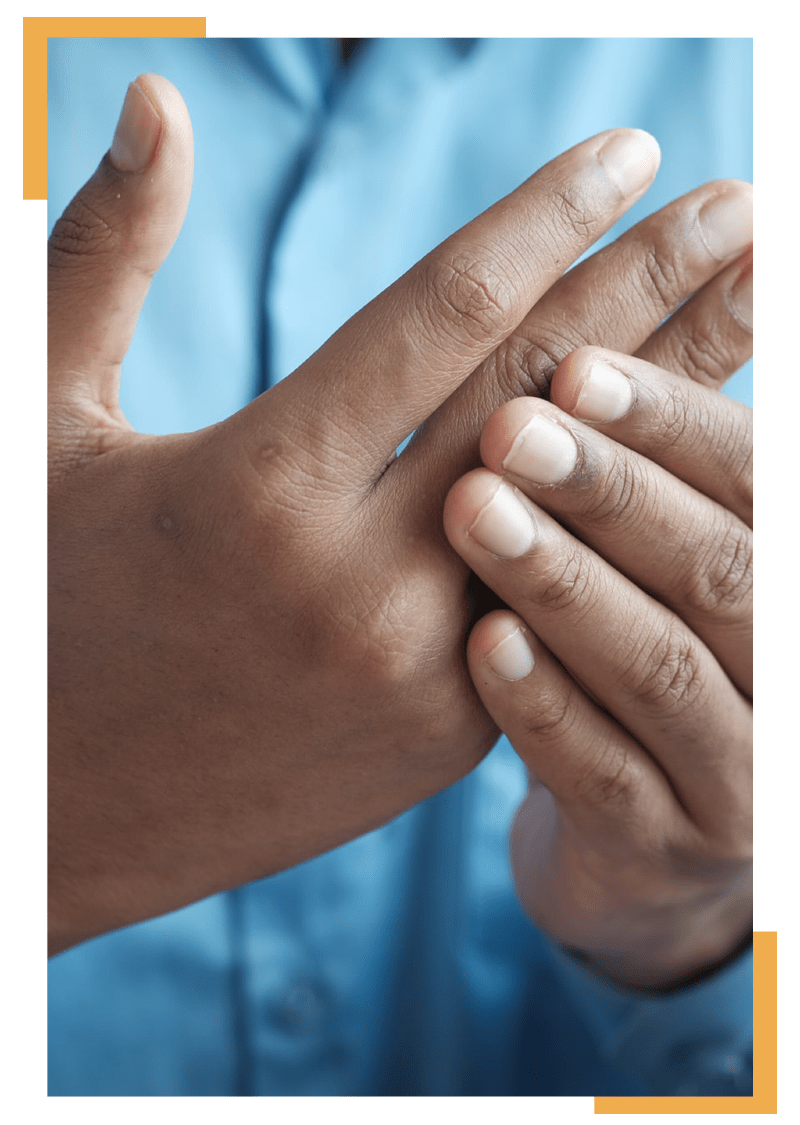

Carpal Tunnel Syndrome
Carpal tunnel syndrome is also known as median nerve compression. It is a condition that leads to numbness, weakness, and tingling in your hand and arm. The syndrome happens when the median nerve, one of the hand’s major nerves, is compressed. Early diagnosis of the condition is better as it becomes worse with time.
Hand/Wrist Pain Physical Therapy
Symptoms
- Tingling or numbness in your fingers, mostly the thumb, index, or ring fingers or hands
- Weakness in the hand, which can make you drop objects
- Shock-like feelings moving in your hand
- Tingling moving up your arm
Treatment and Management
Patient Wellbeing is Our Primary Concern

Trigger Fingers
Stenosing tenosynovitis occurs when a narrowed space within the sheath surrounding the tendon is due to inflammation. People who perform repetitive gripping actions are at a higher risk of getting this condition. The syndrome happens when the median nerve, one of the hand’s major nerves, is compressed. Early diagnosis of the condition is better as it becomes worse with time.
Symptoms
- Stiffness in the finger, especially in the morning
- Tenderness or a bump at the base of the affected finger
- Unable to straighten finger locked in a bent position
- Finger locking or catching in a bent position
Treatment and Management

DeQuervain’s Tenosynovitis
Symptoms
- Experiencing pain near the thumb base
- Swelling near the thumb base
- Problems moving the thumb or wrist when trying to hold or pinch something
What are the Causes?
- Gaming
- Getting hit on the thumb
- Hobbies like racket sports or gardening
- Overuse
- Conditions such as rheumatoid arthritis
- Repetitive tasks at the workplace
Treatment and Management
Hand and wrist rehab also help manage this condition. We create a plan to help you improve your strength on the hand, wrist, and thumb. Surgery is also an option where it helps in releasing the tendon sheath allowing better movements. After about 10-14 days, you can start physical therapy.

Hand & Wrist Fractures
Symptoms of Wrist or Hand Fracture
- Bruising
- Swelling
- Tenderness
- Severe pain worsening when gripping or moving the hand and wrist
- Visible deformity on the wrist
Treatment and Management
Hand and wrist treatment physical therapy also helps manage this condition. We create a plan to help you improve your strength on the hand, wrist, and thumb. Surgery is also an option where it helps in releasing the tendon sheath allowing better movements. After about 10-14 days, you can start physical therapy.
Medication manages pain, while antibiotics are suitable for an open wound to prevent an infection. Physical therapy for hand and wrist fractures helps in reducing stiffness and restoring movement on the arm.
Ulnar Wrist Pain
Ulnar wrist pain can be improved with hand and wrist pain therapy and occurs on the pinkie-finger side of your wrist. The pain varies depending on the cause, and it can worsen when trying to twist your wrist or grip something. It can be a challenging condition to diagnose because it is linked to many injury types.
Symptoms
- Pain on the pixie side when moving the wrist
- A clicking or popping sensation when rotating the wrist
- Reduced grip strength
- Reduced or limited range of motion
Treatment and Management

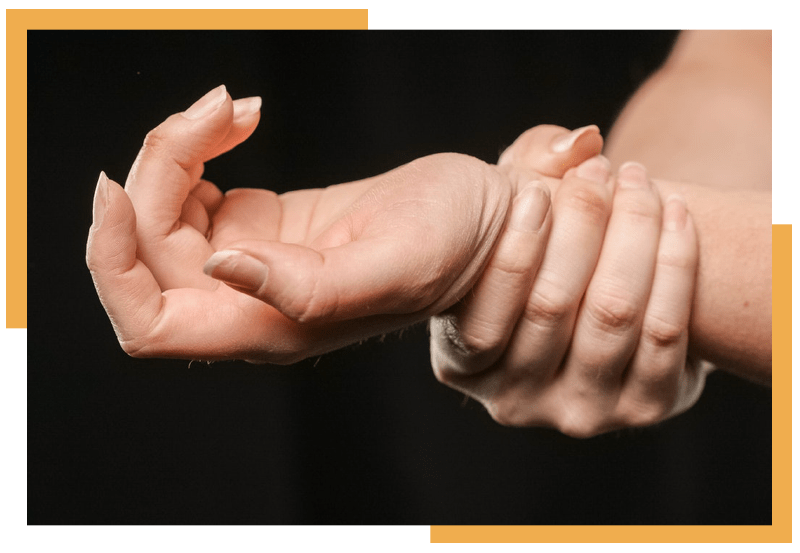
Wrist Sprains
Symptoms
- Pain in the wrist
- Bruising
- Swelling
- A feeling of tearing or popping inside the wrist
- Tenderness
- Warm sensation around the wrist
Treatment and Management
Wrist Pain
Treatment and Management
Physical therapy for wrist pain provides supervised exercises to help with tendon injuries. We assess the injuries at our hand and wrist injury therapy clinic and formulate the best recovery exercises. If you undergo surgery to relieve wrist pain, you can benefit from our rehabilitation program. A doctor can suggest surgery to correct fractures, carpal tunnel syndrome, or repair torn ligaments and tendons.
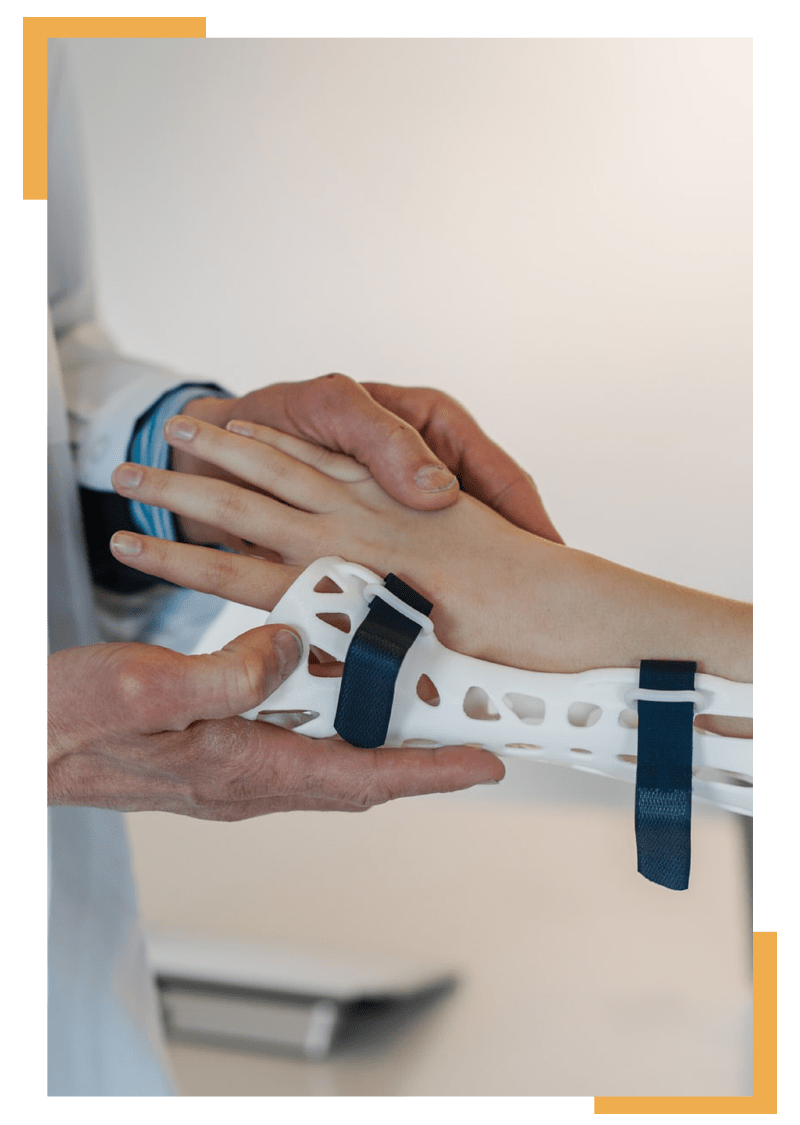
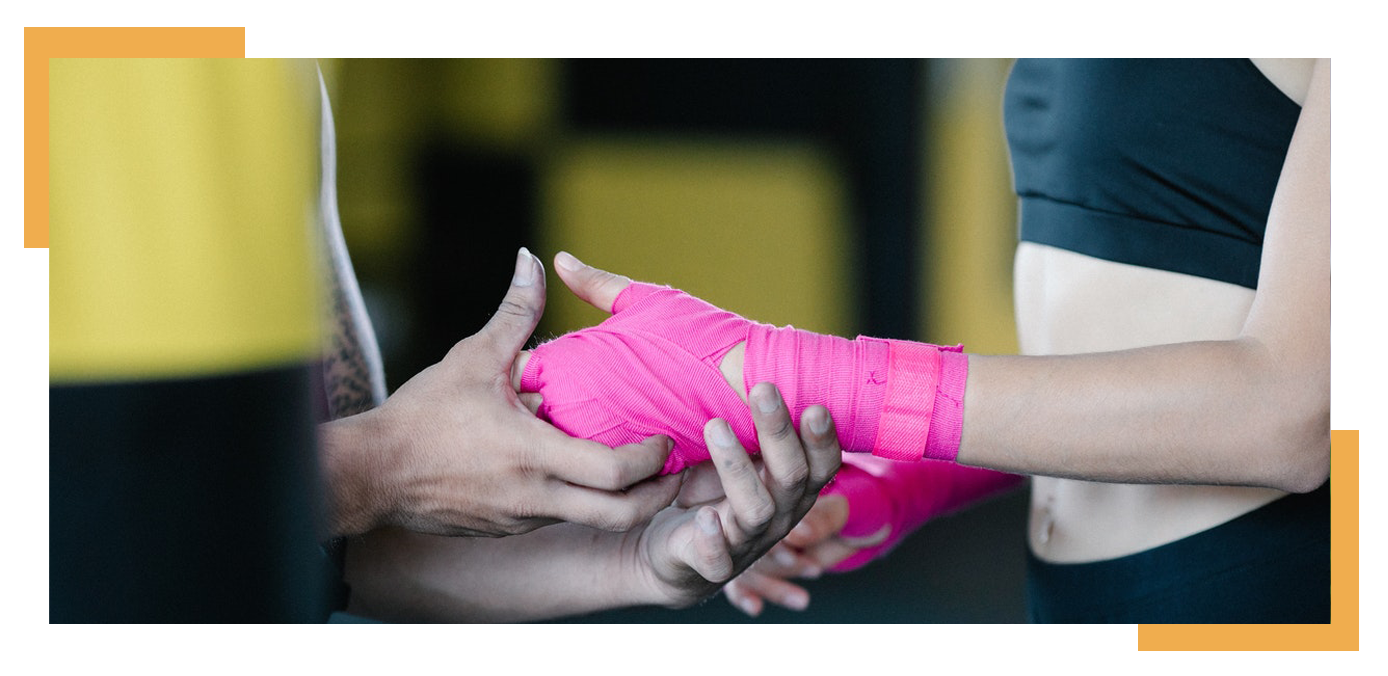
Hand & Wrist Therapy Exercises
Tendon Glides
For this exercise, extend the fingers straight out to begin. Follow the action by making a hook fist and return to the straight hand. Then, make a full fist, and straighten your hand. After that, make a straight fist and straighten your hand. Ensure you hold each position for about 3 seconds before switching and repeating the exercises several times.
Finger Flexion
Wrist Flexion/Extension
Another physical therapy exercise you can do at home to relieve wrist pain is wrist flexion and extension. You start the exercise by resting your wrist on a table and the hand hanging off it. Then, bend the wrist down until you feel a stretch and hold for 5 seconds and return to the starting position.
Next, bend the wrist up until you feel a stretch and hold the position for 5 seconds before returning to the starting position. Repeat this series about 10 times.
Prayer Stretch
Wrist Tenodesis
Hook Fist Intrinsic Flexion
For these exercises, you need to bring your fingers into a claw position. Ensure you keep the first knuckles row straight as you bend the remaining joints as far as they can. You can use the other hand to push the tips further into the clawed fist until you feel them stretch. Hold this position for 10 seconds. Additionally, you can use the thumb and the pointer finger to stretch each finger individually. Repeat the exercise on the other hand.
Hand & Wrist Physical Therapy FAQs
Who is a good candidate for hand physical therapy?
Hand and wrist physical therapy is appropriate for anyone who is experiencing problems with the hand or wrist. It can be used to treat a wide range of conditions, including carpal tunnel syndrome, arthritis, and injuries.
How often does one need to attend hand and wrist physical therapy?
The frequency of treatment will vary depending on the individual’s condition. Some people may only need 5 sessions, while others may need to attend therapy on a weekly or monthly basis.
What should I expect during my first visit?
During your first session, your therapist will ask you about your symptoms and medical history. They will then perform a physical examination of your hand and wrist. After that, they will develop a treatment plan tailored to your needs.
What should I wear to the therapy session?
You don't have to wear any specific clothing for your hand and wrist physical therapy session. However, you may find it more comfortable to wear loose-fitting clothing that doesn't restrict movement.
OneRehab
1761 International Pkwy Suite 135, Richardson, TX 75081, United States
Email Us
info@onerehab.com
Call Us
972 845 7875
Working Hours
M - F 7:00 AM – 7:00 PM
Sat 8:00 AM – 2:00 PM



